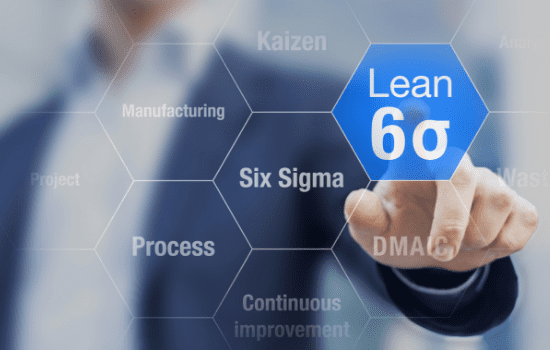Five Steps For Evaluating Quality Control Systems
Originally published on August 22, 2014
Updated on December 16th, 2024
CPA firms understand the concept of quality control and its importance within the world of accounting and auditing. It should therefore come as no surprise that this concept is gaining momentum within the industry. In fact, I recently attended an AICPA conference where quality control was discussed from the perspective of the AICPA, and from the perspective of the regulatory agencies relying on the audits we perform.
The peer review process is one area in which quality control plays a pivotal role within our industry. The Peer Review Board (PRB) and Auditing Standards Board (ASB) have joined forces to evaluate the standards governing quality control and the peer review procedures that assess the design and compliance of firms’ systems of quality control in accordance with those standards. Those standards identify the following six elements of quality control to be included in a firm’s quality control system: (1) leadership responsibilities for quality within the firm (the “tone at the top”), (2) relevant ethical requirements, (3) acceptance and continuance of client relationships and specific engagements, (4) human resources, (5) engagement performance, and (6) monitoring.
In a recent newsletter issued to AICPA peer reviewers, the AICPA reported that they often hear of reviewers knowing something is not working in a firm’s system of quality control, but were unable to pinpoint exactly what in the QC standards the firm was not complying with. As a result, the PRB and ASB are soliciting examples from reviewers in order to identify areas within the current guidance that may need additional emphasis. The intent is to ensure reviewers are able to adequately assess a firm’s system of quality control and identify the systemic cause of any matters noted.
As a peer reviewer and Lean expert, I can understand how assessing the root cause of quality control matters can be difficult to accomplish in the time span of a typical peer review. Appropriately analyzing the root cause of a failure can take days using Lean Six Sigma methodologies, and that is after time has been spent defining and measuring your systems.
Below are five steps a CPA firm can take to ensure that quality control systems are in place, so that a peer reviewer will have confidence in the design of quality control systems that are in compliance with quality control standards.
- Know the requirements. Ensure proper understanding of the Statements on Quality Control Standards (SQCSs) No. 8, which provides guidance for a CPA firm’s responsibilities for its system of quality control.
- Don’t take it for granted. The elements of quality control mentioned above are important. A firm should not only document their policies, but should live and breathe those policies so that they are ingrained in the day to day activities of everyone involved. A Lean culture has quality built in from the start.
- Identify areas of inconsistency. Processes that allow for inconsistency provide more opportunities for quality control to fall by the wayside. Applying Lean to a process builds consistency in to the process.
- Training, training, and more training. Personnel should not only be aware that policies and procedures exist, but should be trained on what those policies are and how they are followed. Staff development through communication and training programs are key components of a Lean culture.
- Sustainability. Quality control is intended to add value to the service being provided, not to add more red tape to the work performed, and should not be treated as such. Developing and sustaining a culture of quality requires long-term dedication to evolve with the requirements imposed on the industry and modifying policies and procedures accordingly, all while ensuring quality control is not compromised. Having a Lean culture focuses on continuous improvement to eliminate waste while sustaining the value you provide.
These steps go hand-in-hand with the principles of Lean – the focused elimination of waste by building quality into the process from the start. We know how to implement Lean in a CPA firm because we have implemented it in ours – and are reaping the benefits. We are happy to share our success stories. Just give us a call to learn more.
About the Authors
Mike Sibley and Katie Davis are passionate about creating thorough and sustainable systems to help organizations become Lean Enterprises. In addition to writing and speaking on Lean Six Sigma, Mike and Katie work directly with an organization’s members to evaluate an existing process and identify solutions that eliminate waste, as well as build efficiency and quality into the process. Mike and Katie have applied these approaches for manufacturing, construction, professional services, and governmental entities.
Other Posts You Might Like

